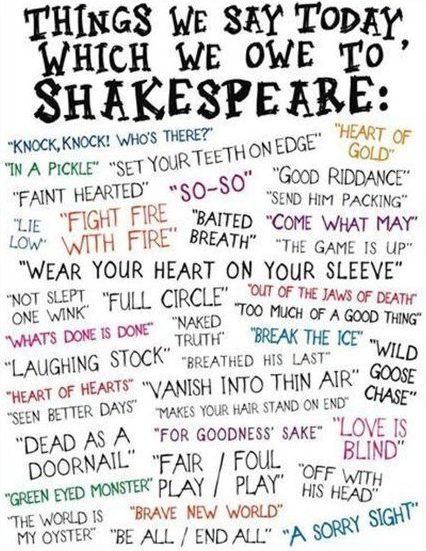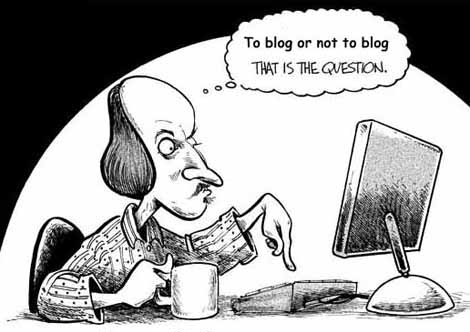
Nowadays, watching any TV series on HBO or Netflix in original version is an opportunity everyone might have and it is a fun and useful way to learn English. It is important to get used to the different accents and it is also vital to improve our vocabulary.



There are loads of programs available but if you are preparing a Cambridge exams such as FCE, CAE or CPE.
DOWNTON ABBEY
Downton Abbey is a British drama television series set in the early 20th century. It is set in the fictional Yorkshire country estate of Downton Abbey between 1912 and 1926, depicts the lives of the aristocratic Crawley family and their domestic servants in the post-Edwardian era —with the great events in history having an effect on their lives and on the British social hierarchy.

SHERLOCK
Sherlock is a British crime drama television series based on Sir Arthur Conan Doyle’s Sherlock Holmes detective stories. The series is primarily filmed in Cardiff, Wales with North Gower Street in London used for exterior shots of Holmes and Watson’s 221B Baker Street residence.

GAME OF THRONES
Nine noble families fight for control over the mythical lands of Westeros, while an ancient enemy returns after being dormant for thousands of years.
It is an American adaptation of A Song of Ice and Fire written by George R.R. Martin’s series of fantasy novels.

DOCTOR WHO
Doctor Who is a British science fiction television programme produced by the BBC since 1963. The programme depicts the adventures of a Time Lord called “the Doctor”, an extraterrestrial being, to all appearances human, from the planet Gallifrey. The Doctor explores the universe in a time-travellig space ship called the TARDIS.

THE HOUSE OF CARDS (UK)
House of Cards is a 1990 British political thriller television serial in four episodes, set after the end of Margaret Thatcher’s tenure as Prime Minister of the United Kingdom.

PEAKY BLINDERS
Peaky Blinders is a British crime drama television series set in Birmingham, England after World War I. The series follows the exploits of the Shelby crime family. It was the first production to receive funding from the Yorkshire Content Fund, which in turn made certain the majority of the show was filmed in Yorkshire as part of the deal.

You might find hard to follow some of these TV series regarding the accent their characters speak. However, it is useful to practice some listening and some vocabulary and expressions which may appear in the exams.
Hope you find this blog interesting. Enjoy it!
















































 If you have arrived at this point, it is because you have accepted the invitation sent to you. As you can see, this blog has different parts:
If you have arrived at this point, it is because you have accepted the invitation sent to you. As you can see, this blog has different parts: